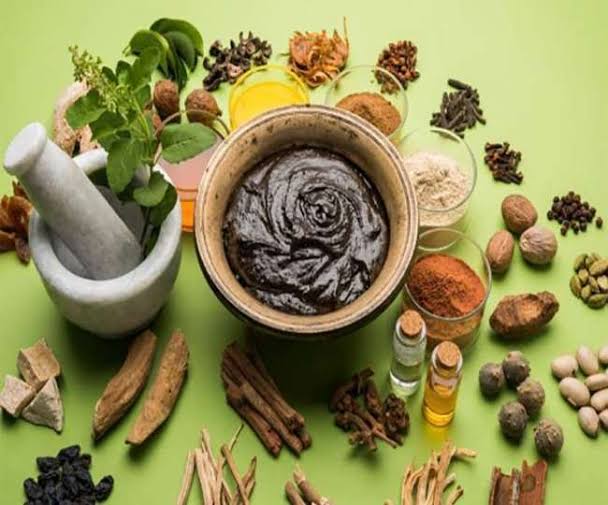There are the following types of treatment for the disease
The motive of cleansing treatment is to abolish the underlying causes of physical or physio-mental illnesses that have developed in the patient. It includes the process of internal and external cleansing of the body. Mainly it is the Panchakrama, Purva Panchakarma process.
Sedation therapy
Sedation therapy mitigate weak defects. The process by which an irregular defect becomes normal without unbalancing the other one is called mitigation therapy. This treatment can be accomplished by using appetite suppressants, digestive substances, exercise and get the heat of the sun and fresh air. At some times painkillers are also used.
Dietary system (diet and activity guidelines)
The diet is genrally made up of specific signs or contraindicate to diet, activity, habits and mental state. This is to make the treatment more efficient and to head off the disease from spreading. In order to arouse the gastrointestinal tract in the body and improve the digestion system,special prominence is done on what to eat, so that the muscles of the body can be empowered.
Diagnostic mutations
Diagnostic mutation is to keep away pathogenic and disease-promoting factors in the patient's diet and dailylife. This diagnosis explains what process should be done to avoid disease-causing factors. Satvavajaya (Psychotherapy) is usually a matter related to mental discomfort. These consist of keeping the brain away from the desire for certain diseases (or pathogenic) substances and on the other hand prepare courage, memory and concentration. The study of psychology and psychiatry in Ayurveda is very greatly woven and commonly used in the treatment of mental disorders.
Chemotherapy (immunosuppressive and rejuvenating drugs)
Chemotherapy is a process of assemblage of energy and tonic. There are many positive advantage in chemotherapy. As physical inward balance is maintained, memory is boosted, intelligence is sharpened, willpower towards disease is increased, energy is transmitted. Prevents premature muscle formation and dismantling and promotes overall growth.
Dietary regulation is very important
Because Ayurveda acknowledge the human body as a food product. The mental and spiritual development of any human being and his nature turn on the quality of food he eats. In the human body, food is first changed into juice and then slowly converted into blood, muscle, fat, bone, bone marrow, regrowing elements. In this way food is the base of all metabolism and life tasks. Lack of nutrients in the diet or not transforming the food in the way it invites various diseases.
National level institutes of Ayurveda in India
(Institutes) National University of Ayurveda, New Delhi
RAV is an freestanding body operating under the Department of AYUSH under the Union Ministry of Health and Family Welfare and registered in 1988 under the Societies Act, 1860. RAV gives modern practical training to Ayurvedic graduates below 28 years of age and postgraduates below 33 years of age by the Guru-Shishya tradition.
Candidates pursuing Ayurvedacharya (BAMS) degree or similar to study under one year Certificate Course (CRAV) of National University of Ayurveda can be educated in Ayurvedic Clinical Practice under renowned Physician so that they can be trained easily for Ayurvedic Clinical Practice.
National Institute of Ayurveda (NIA), Jaipur
The National Institute of Ayurveda, Jaipur was initiated in 1976 by the Government of India as the peak Ayurveda institute for higher education, research with a scientific address towards Ayurvedic medicine in the country.



No comments:
Post a Comment